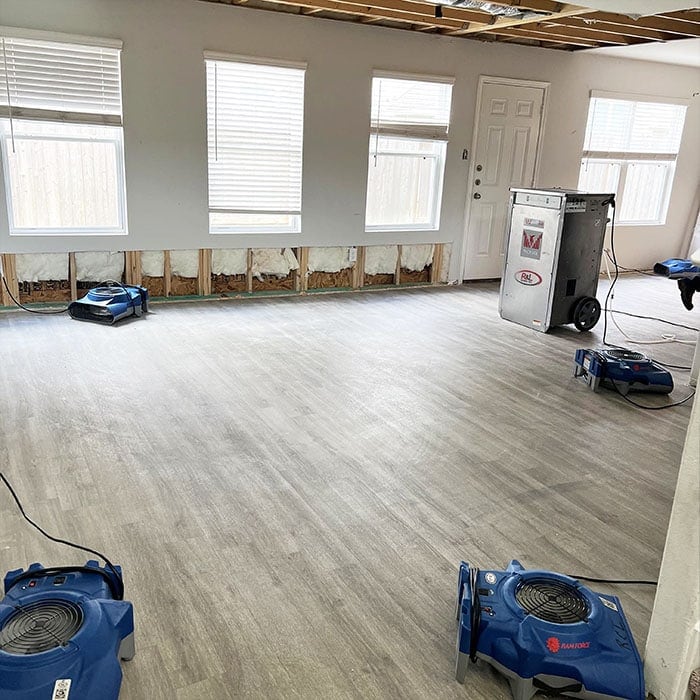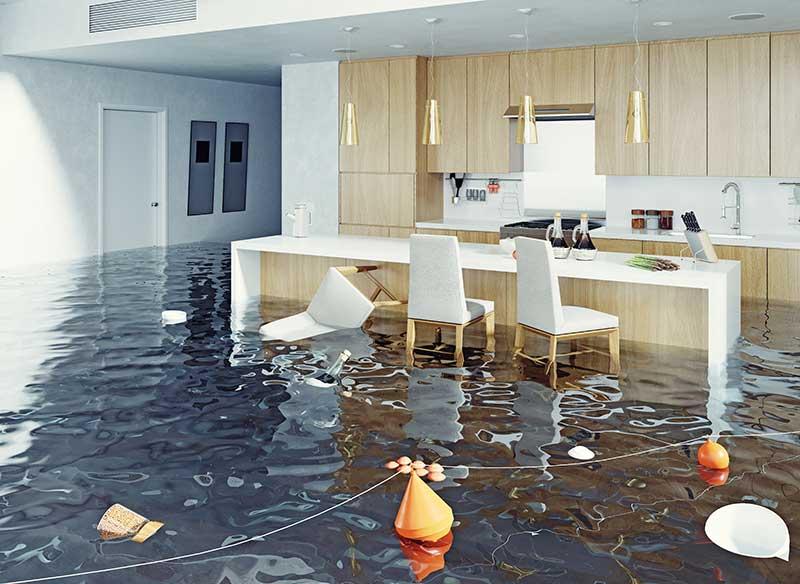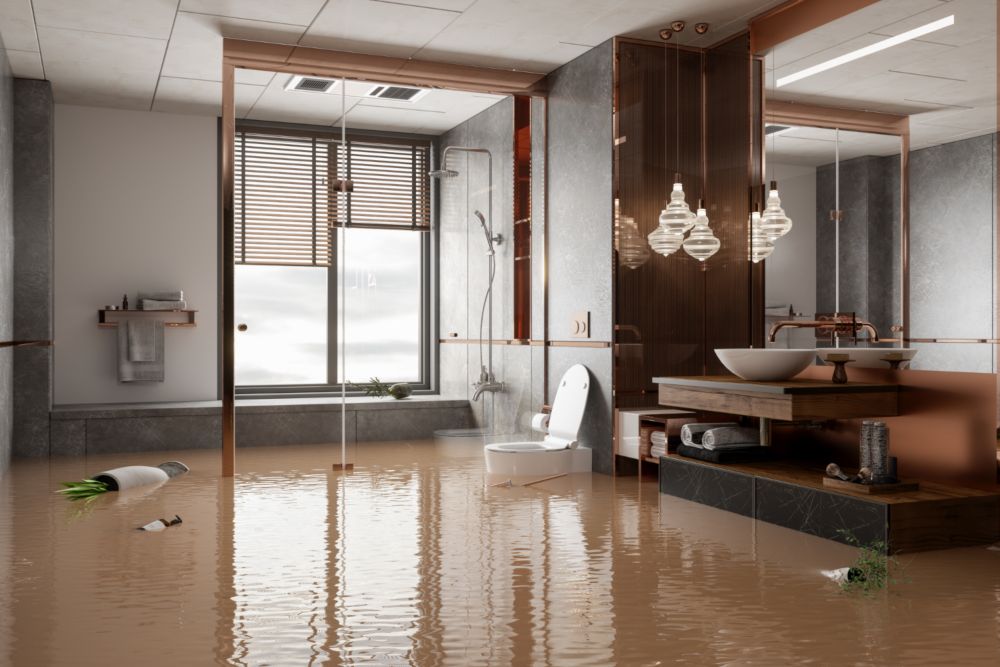Expert Leak Detection Philadelphia: Protecting Your Home Against Water Damage
Wiki Article
Emergency Situation Water Damage Repair: Swift Feedback to Decrease More Damage
What exactly does emergency situation water damages repair involve? By comprehending the urgency and detailed nature of this process, you will gain important insights into how professionals take on emergency water damage, ensuring a swift and reliable reaction.Importance of Swift Action
Swift reaction is of utmost significance in water damage reconstruction to lessen additional damage and minimize prospective risks. When water damages takes place, whether because of a burst pipe, an all-natural catastrophe, or any various other unexpected event, time is of the significance. The longer water sits in a building, the even more damages it can cause. This is why it is crucial to act promptly and successfully to get rid of the water and start the restoration procedure.
One of the main reasons swift action is important in water damage repair is to stop the development of mold and mildew and mold. Mold and mildew not only causes further damage to the structure of the building however additionally poses health dangers to passengers.
Water damage can be devastating, especially when it influences individual products of financial or sentimental value. Acting swiftly enables specialists to assess the damages and execute proper reconstruction techniques to restore as much as feasible.
Examining the Level of Damages

During the evaluation, reconstruction specialists completely check out the affected area to identify visible indicators of damage, such as water stains, distorted materials, and mold growth. They additionally utilize specialized tools to discover covert damage, such as dampness meters and thermal imaging electronic cameras. This extensive evaluation permits them to precisely identify the level of the damages and develop a customized remediation strategy.
Analyzing the degree of water damages is crucial because it aids experts prioritize their initiatives. They can determine areas that need immediate interest, such as standing water removal and drying out, to prevent more damage and lessen the risk of mold and mildew growth. They can likewise identify the locations that need repair services or replacement, making certain that no damage goes undetected or untreated.

Water Removal and Drying Out Refine
The water removal and drying out process is an important step in water damages remediation, as it entails the removal of excess water and the extensive drying out of the afflicted area to protect against additional damage and alleviate the risk of mold and mildew growth. After examining the degree of the water damages, the next action is to remove the water from the afflicted area. This is typically done using specialized tools such as dehumidifiers, pumps, and vacuums. These tools are made to successfully and efficiently eliminate water from various surfaces, consisting of carpets, floors, and wall surfaces.Once the excess water has been removed, the drying process starts. This action is crucial in protecting against secondary damages, such as architectural damage more info here and the growth of mold and mildew and mold. High-powered followers and dehumidifiers are used to circulate air and remove wetness from the air and surfaces. The drying process may take a number of days, depending upon the level of the water damages and the products entailed.
It is essential to ensure that the affected area is completely dry before waging any type of fixings or repair. Failing to extensively dry out the location can cause long-term issues, including weakened frameworks, stuffy smells, and the growth of mold and mildew. As a result, specialist water damages reconstruction firms use wetness detection devices to guarantee that the affected area is entirely dry prior to proceeding to the Full Report next action.
Mold Prevention and Remediation
Effective mold avoidance and remediation are crucial in water damages repair to make certain the security and integrity of the afflicted location. mold inspection philadelphia. When water damages happens, whether from a ruptured pipe, flooding, or a dripping roof covering, it produces a perfect environment for mold and mildew growth. Mold and mildew can start to create within 24 to two days after water damages, and if left without treatment, it can spread quickly and create major health threatsTo stop mold development, it is necessary to attend to water damage immediately. The very first step is to recognize and repair the resource of the water intrusion. Once the source is dealt with, the affected area must be extensively dried out to stop wetness from sticking around. This may include the usage of dehumidifiers, air movers, and various other specialized devices to eliminate excess moisture from the air and surfaces.
In instances where mold and mildew growth has already happened, removal is necessary to get rid of the mold and mildew and avoid its return. This includes the mindful removal and disposal of afflicted products, such as drywall or rug, to ensure that all traces of mold are removed. It is vital to keep in mind that mold removal need to be executed by professionals who have the essential training and tools to securely manage and eliminate mold and mildew.
Restoring the Affected Location

Firstly, it is vital to completely dry out the location to prevent any further damage and to hinder the development of mold and mildew and mold. This might entail using specialized drying out equipment, such as dehumidifiers and industrial-grade followers, to get rid of all dampness from the damaged surface areas.
As soon as the location is entirely dry, the reconstruction procedure can start. This might entail replacing or repairing damaged structural elements, such as floor covering, ceiling, or drywall floor tiles. This Site It is necessary to resolve any kind of underlying concerns that might have created the water damages, such as leaking pipes or faulty plumbing, to stop future cases.
In addition, restoring the damaged location might likewise include painting walls, replacing harmed fixtures, and thoroughly cleaning and sanitizing the room. This makes certain that not just is the area structurally sound, but it is also aesthetically pleasing and risk-free for occupancy.
Verdict
Finally, quick reaction is crucial in decreasing additional damage brought on by water emergencies. Analyzing the extent of damages allows for efficient water extraction and drying out processes to be carried out. Additionally, mold and mildew avoidance and remediation are essential in bring back the affected area. On the whole, timely activity and comprehensive restoration procedures are key to minimizing the negative influences of water damage.Swift response is of utmost significance in water damages restoration to reduce more damage and alleviate potential dangers.Throughout the analysis, remediation specialists thoroughly analyze the afflicted area to recognize noticeable signs of damage, such as water discolorations, deformed products, and mold and mildew development.The water extraction and drying process is a vital action in water damages reconstruction, as it entails the elimination of excess water and the thorough drying out of the damaged location to prevent further damages and reduce the threat of mold development. After examining the level of the water damage, the next step is to extract the water from the affected area.Effective mold avoidance and removal are vital in water damages reconstruction to make certain the safety and security and integrity of the affected location.
Report this wiki page